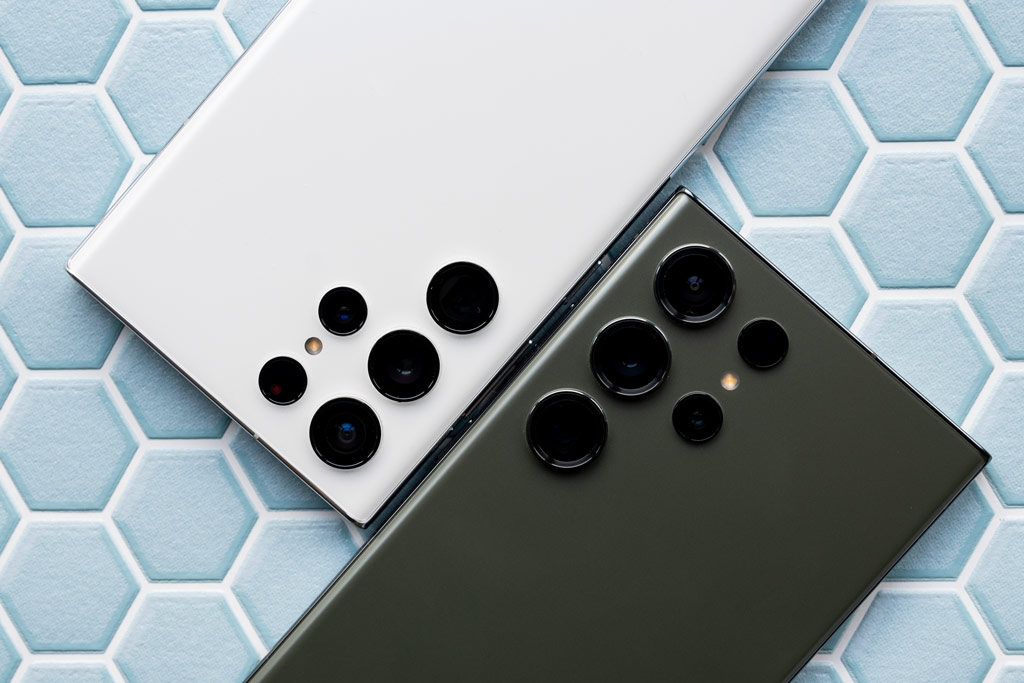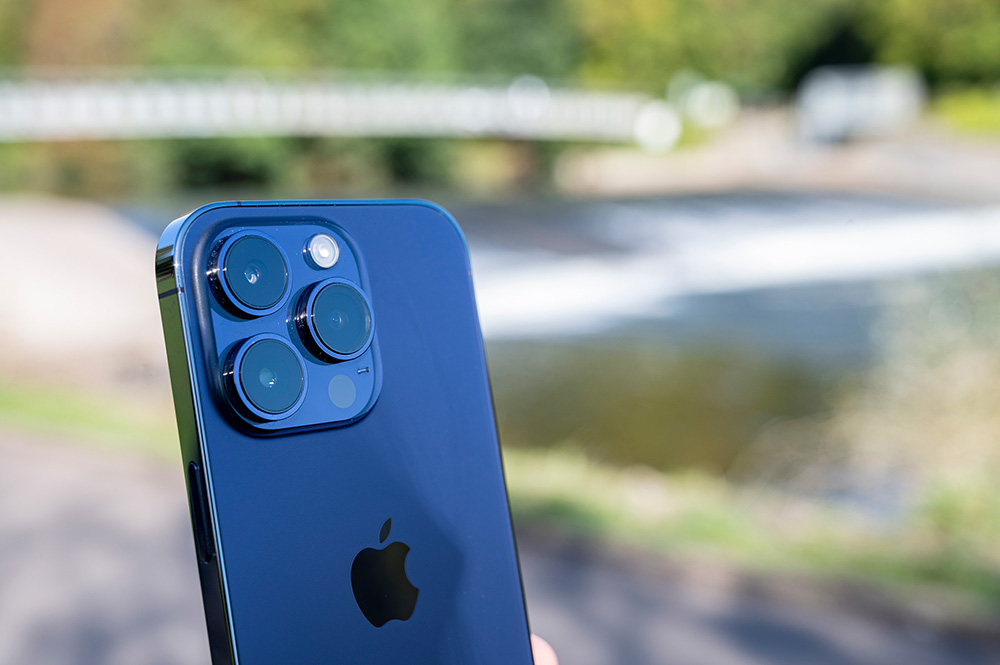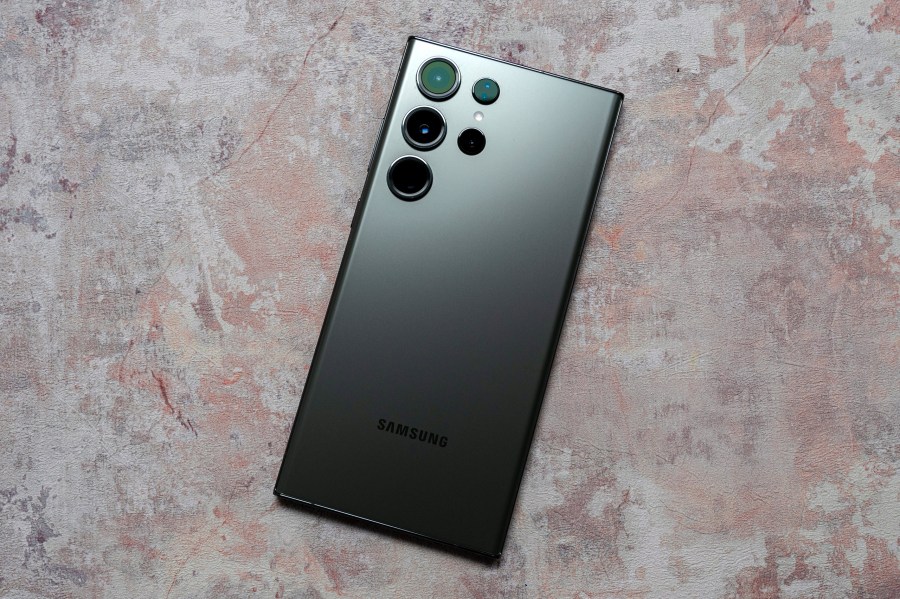After a recent report suggested that Canon was “considering” the idea of entering into the smartphone arena, should it actually become reality, the obvious question is: who should Canon partner with?
According to global sales data, the following brands have the biggest market share:
- Samsung
- Apple
- Xiaomi
- Oppo
- Vivo
- Others (to include brands such as Sony, Motorola, Google and more).
Xiaomi, Oppo and Vivo have already partnered with camera and lens manufacturers (Leica, Hasselblad and Zeiss) to great effect – so it’s not exactly a huge surprise to hear that Canon, the global leader in what you might call “proper” cameras is wondering if they can get in on the action.
Canon smartphone collaboration: What about Samsung?

Samsung is currently the best-selling smartphone manufacturer in the world – does it need Canon? Photo credit: Amy Davies.
Perhaps, as the top camera manufacturer, they ought to set their sets on the top smartphone maker – Samsung. Imagine a lovely Samsung Galaxy S23 Ultra, but with the red-ringed lenses of a Canon pro system smushed into smartphone size. Perhaps we’d also see some tweaks to colour rendering, or other nifty camera-technology such as eye-controllable AF. Well, we can but dream anyway.
It’s interesting to note that although Samsung is the top seller globally, that’s due largely in part to its mid-range and low-cost smartphones, such as the Samsung Galaxy A13 and the Samsung Galaxy A03, with premium flagship models such as the S23 Ultra not making it anywhere near the top-10 best-selling smartphones. Perhaps there’s therefore some logic to the suggestion that Samsung might seek to boost the profile of its more expensive models by attaching some respectable photographic branding to it.
On the surface, this might seem to make a lot of sense. But, really, this deal would probably be a far better coup for Canon than it would be for Samsung – they’re already number one in sales, perhaps they don’t really care where in its line-up the sales come from. Other well-known smartphone partnerships (Oppo, Xiaomi, Vivo) are with brands that are far lower down the list – and perhaps importantly – are much less well known in some key markets outside of Asia, including the United States and Europe (how many people have you ever seen wandering around with a Xiaomi phone?)
On top of that, with a historic rivalry between South Korea (Samsung) and Japan (Canon) to think about, it seems somewhat unlikely that the two would be willing to strike up a big deal anyway.
Canon smartphone collaboration: Next up, Apple.

The iPhone 14 Pro has enjoyed record sales recently. Apple probably doesn’t need Canon either. Credit: Amy Davies.
We already know that Apple uses Sony sensors in its smartphones, so it’s clearly not averse to using other manufacturer’s tech when it suits them. However, there’s a huge difference between using another company as a components supplier and teaming up for a proper, in-depth collaboration where you’re both co-branded on a piece of kit.
Add in the time differences between the US (Apple) and Japan (Canon), this is another practical problem between the two companies, and again, any partnership here would likely be a much bigger deal for Canon than it would be for Apple. It’s safe to say that Apple isn’t exactly struggling to sell units of products such as the iPhone 14 Pro. Its latest fiscal reports show $24.1billion profit for the second quarter of 2023 alone and record sales for the iPhone.
Apple also doesn’t have the same issue as Samsung in selling huge quantities of super-cheap phones (because it doesn’t really have any). Apple in fact occupies eight of the top ten spots of best-selling smartphones, with very highly priced models like the iPhone 14 Pro Max sitting at number three. It simply doesn’t need to boost the profile of its flagships.
The other three of the big five smartphone sellers already have partnerships. Of course these are potentially up for renewal at some point, but you’d imagine that Canon would prefer to go in fresh with a company where possible.
Canon smartphone collaboration: Could be Google?
The Pixel 7 Pro is an excellent phone, but Google doesn’t enjoy the same kind of sales as Apple or Samsung. Image credit: Joshua Waller
Perhaps that leaves Google ripe for the picking, then. Although the company as a whole is obviously a household name, and its smartphones – such as the Pixel 7 Pro – have gained widespread critical acclaim, they don’t seem to be picking up a huge amount of sales traction. Combine Google’s machine learning prowess with Canon’s photography nous and perhaps we’ve got a fantastic winner on our hands. They have the same US – Japan time-difference problem, but, if the tie-up is more lucrative for all involved then both companies are more likely to be interested in finding solutions rather than problems.
Then we’ve got other seemingly small-fry manufacturers (some of whom were much bigger players) such as Motorola, Nokia and Asus all desperately vying for attention – for them, a Canon tie-up could reverse some fortunes.
The final option is for Canon to go it alone and make their own smartphone from scratch. It has been done before – by Panasonic – and although that admittedly didn’t set the world alight, and they didn’t bother to make any more models, perhaps the world might be more interested in the number one camera manufacturer entering this market with a brand-new product. It would have to use Android as its operating system if it was to stand any chance of succeeding though, of course.
In the end, this is all mere speculation – Canon is after all only “considering” this move. It might decide it’s best not to get involved after all. Or maybe we’ll get a surprise announcement in the coming months.
Watch this space!
The views expressed in this column are not necessarily those of Amateur Photographer magazine or Kelsey Media Limited. If you have an opinion you’d like to share on this topic, or any other photography related subject, email: [email protected].
Related reading
- Best cameraphones for photography
- iPhone 14 Pro vs Samsung S23 Ultra: Which is best for photographers?
- iPhone 14 Pro vs Google Pixel 7 Pro: cameras compared







